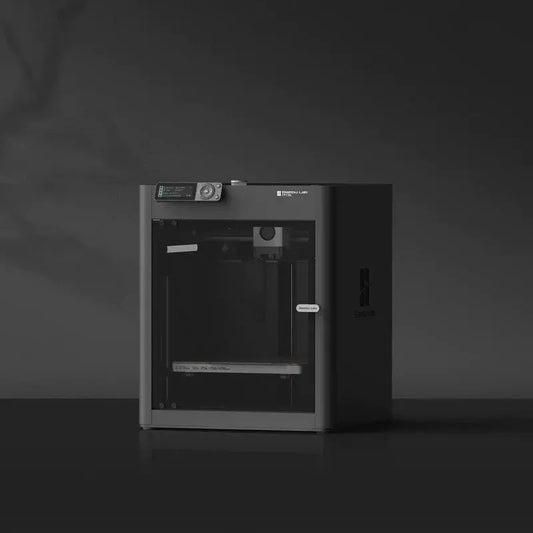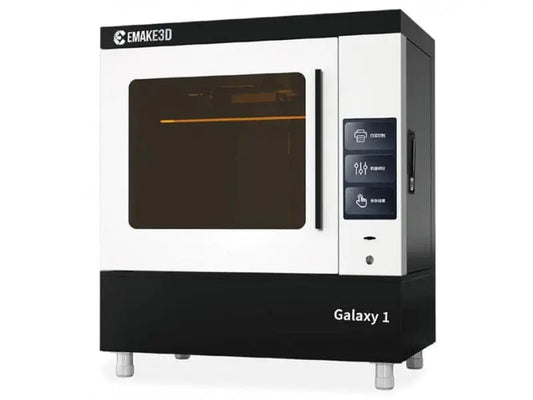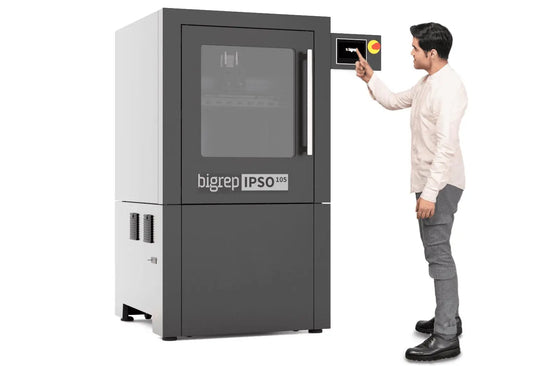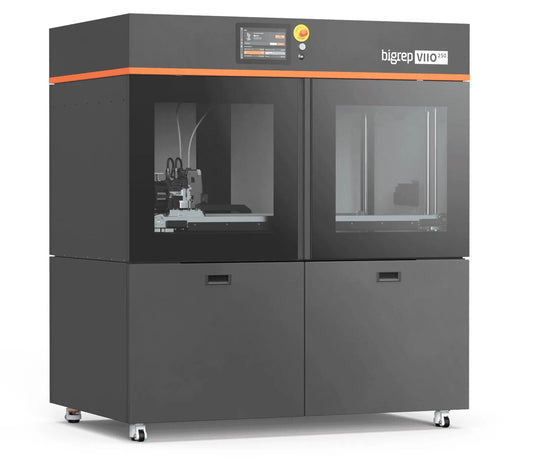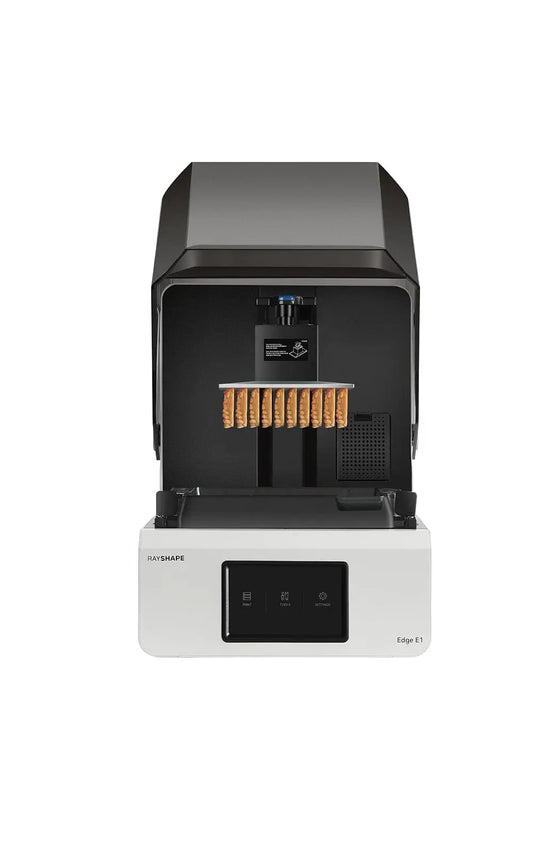3D Printing Canada carries a collection of cutting-edge best 3D printers. Whether you are an artist, architect, engineer, small or large-scale business, or hobbyist, our printers provide the best tool to convert your digital creations into tangible realities. Our assortment features high-end printing systems by the Creality, Intamsys, Modix, and Sinterit brands. Get detailed information about the use cases of different types of our 3D printers in Canada and make a purchase!
Use Cases of FDM, SLA, And SLS Printers
While FDM, SLA, and SLS are the types of 3D printing technologies, they are classified based on the 3D objects they create. Each of these technologies uses a different method of layer-by-layer construction and caters to diverse needs. Here’s a detailed overview of all three:
Fused Deposition Modeling (FDM) and Fused Filament Fabrication (FFF)
FDM is one of the most commonly used 3D printing technologies. It builds three-dimensional objects by extruding thermoplastic filament in layers. FDM printer creates robust and functional parts using various thermoplastic materials, including ABS, PETG, PLA, and TPU.
Applications:
- The automotive, aerospace, and consumer goods sectors are just a few of the many that employ FDM for fast prototyping. It enables designers and engineers to test ideas and iterate designs before mass production.
- Fused deposition modeling (FDM) allows the manufacturing of bespoke components and parts with complex shapes. Prosthetics, orthotics, and dental implants are all examples of items that benefit greatly from this type of 3d printing.
- Manufacturers utilize FDM to produce custom tooling, fixtures, and jigs for assembly lines. These tools help streamline production processes and improve efficiency on the factory floor.
SLA or DLP (Resin)
In stereolithography (SLA) or digital light processing (DLP), a liquid photopolymer resin is cured by UV light to produce finely detailed, high-resolution three-dimensional objects. The remarkable precision, flawless surface, and capacity to create elaborate patterns with minute details make SLA or DLP the best 3D printer.
Applications:
- SLA/DLP is often used in the jewelry industry to create elaborate patterns with exquisite details. Jewelers employ SLA 3D printers to create prototypes, custom pieces, and moldings for casting.
- SLA/DLP technology is commonly used in the dentistry industry to create crowns, bridges, and models. Its capacity to manufacture extremely precise and biocompatible components makes it ideal for dentistry facilities and offices.
- Engineers and product designers use SLA/DLP to prototype tiny, complicated objects with high-resolution features and flawless surface finishes. This includes consumer electronics, medical gadgets, and vehicle parts.
- Miniature models for the building, gaming, and entertainment sectors are also created with this technology. It enables the perfect duplication of complex designs and improves the visual representation of ideas.
- The medical industry uses SLA/DLP to prototype medical equipment, patient-specific anatomical models, and surgical guidance. It helps healthcare practitioners to plan and execute complicated treatments more precisely.
SLS (Selective Laser Sintering)
Selective Laser Sintering (SLS) is a process that uses a high-powered laser to sinter powdered material, usually nylon or other thermoplastics, into a solid item layer by layer. SLS imprimante 3D offers numerous pros, including the ability to produce parts with complex geometries, excellent mechanical properties, and a wide range of materials compatibility.
Applications:
- Engineers use SLS to create long-lasting components with complex geometry, such as brackets, housings, and connections. Its adaptability and material selections make it appropriate for various technical applications.
- SLS is used in the medical device sector to produce prosthetics, orthotics, and surgical tools. Its capacity to manufacture lightweight, customized components from biocompatible materials fits the strict needs of healthcare applications.
- This type of 3D printer is used in aerospace manufacturing to create lightweight yet durable components such as interior pieces, ducting, and brackets.
Along with the FDM, FFF, DLP, SLA, and SLS, 3D Printing Canada also deals in metal 3D printers. Explore our collection for details about your desired 3D printer price and everything you need. In case you need any assistance, email us at contact@3dprintingcanada.com.
Frequently Asked Questions
What safety measures should be considered when using 3D printers?
To reduce exposure to fumes released during printing, ensure the workplace has proper ventilation. Always adhere to the manufacturer's recommendations for operating temperatures and materials. In addition, keep the printer away from combustible chemicals and inspect it regularly to avoid hazards and guarantee safe operation.
How do I maintain my 3D printer's longevity?
To extend the life of your 3D printer, conduct routine maintenance duties such as cleaning the print bed and nozzle, lubricating moving components, and calibrating the machine as required. Use high-quality filaments and adhere to correct operating methods to avoid any potential issues.
How can I manage general troubleshooting issues with my 3D printer?
To effectively manage general troubleshooting issues with your 3D printer, calibrate the printer bed regularly and ensure proper filament loading. Monitor print temperatures and adjust settings as needed. Stay vigilant for clogs or jams, and keep the printer clean.
Are there any specific installation requirements for these 3D printers?
Installation requirements for 3D printers vary based on their type and model. Generally, factors to consider include a stable surface, adequate ventilation, and access to power and connectivity. Ensuring compatibility with software and proper calibration is essential for optimal performance.



